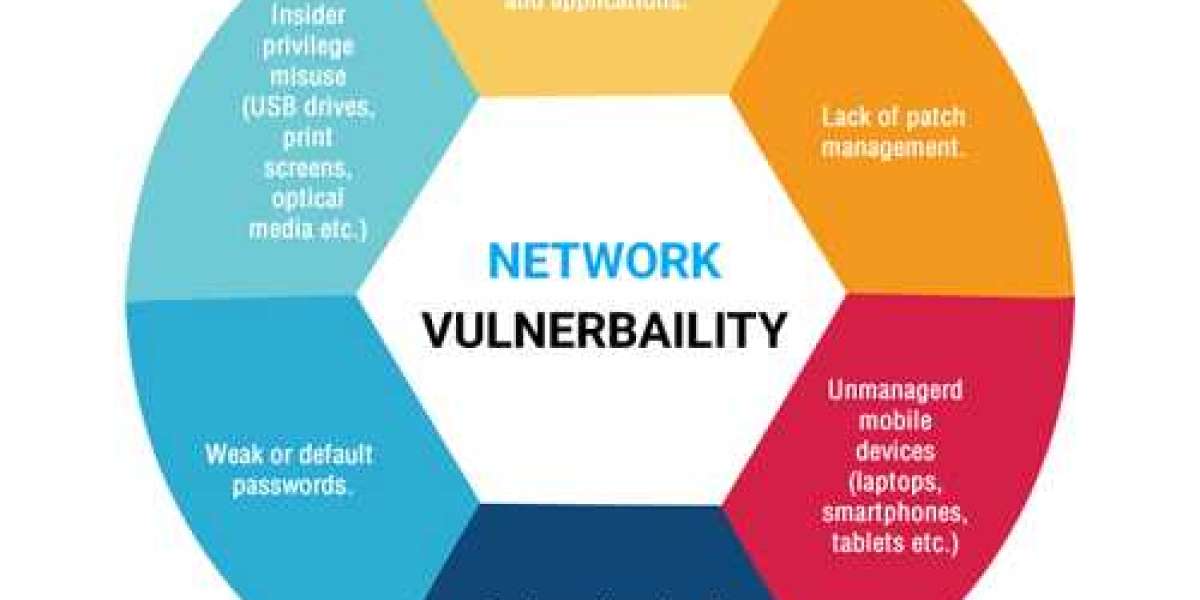Conducting a network vulnerability assessment is an important part of maintaining a secure IT infrastructure. Here are eight steps to follow when conducting a network vulnerability assessment:
1. Plan the Assessment: Before starting the assessment, you need to plan it. Identify the scope of the assessment, such as the systems or network segments you'll be evaluating. Also, determine the types of vulnerabilities you'll be looking for and how you'll test for them.
2. Gather Information: Gather as much information as possible about the network infrastructure you will be assessing. This includes network diagrams, IP address ranges, and details about the software and hardware in use.
3. Identify Vulnerabilities: Use a vulnerability scanner to scan the network for known vulnerabilities. These tools can help you identify missing patches, outdated software versions, and other known vulnerabilities.
4. Penetration Testing: Perform penetration testing on the network to identify any unknown vulnerabilities that may not be detected by a vulnerability scanner. This involves attempting to exploit vulnerabilities in the network to see if they can be used to gain unauthorized access.
5. Review Access Controls: Review access controls, such as user accounts and permissions, to ensure that they are properly configured and do not pose any vulnerabilities.
6. Analyze Results: Analyze the results of the vulnerability scan and penetration testing to identify any vulnerabilities that were found. Prioritize vulnerabilities based on their severity and potential impact on the organization.
7. Remediation: Develop a plan to remediate the vulnerabilities that were found. This may involve installing patches, updating software versions, reconfiguring access controls, or implementing other security measures.
8. Re-assessment: After remediation, perform a re-assessment to ensure that the vulnerabilities have been properly addressed and that the network is now more secure.
By following these steps, you can conduct a thorough network vulnerability assessment and take steps to mitigate any vulnerabilities that were found, ultimately making your network more secure.
More info: Network vulnerability assessment



